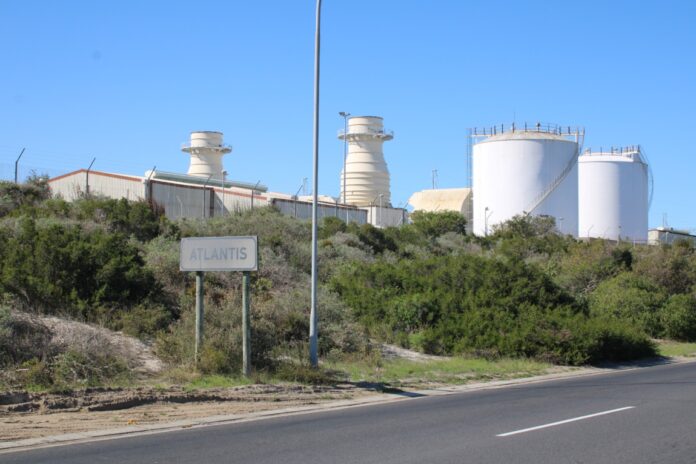The city of Cape Town (COCT) plans to go off-grid by no longer being on Eskom’s electrical grid. One solar plant at a time, it aims to protect itself from the collapse of the national electricity grid. Among other things COCT is building a solar photovoltaic (PV) plant in Atlantis, a town 40km north of Cape Town. The municipality is determined to sever its dependence on the national power supplier by rolling out as many solar plant developments as it can.
Cape Town, June 2023
Lynn/Ling Sheperd
READ PART TWO: Zero Interest in net-zero, Atlantis community members say
The solar PV plant in Atlantis is one of the ways the city of Cape Town hopes to insulate itself from the failure of the national power grid. It is one of the many Lego blocks for how the city plans to meet its climate-disrupting carbon pollution.
In September 2022 the city announced it will build the 7-megawatt (MW) PV solar plant in Atlantis. This is part of its plan to be the first municipality in South Africa to be less dependent on Eskom, the country’s main energy supplier that mostly runs on burning coal. More load shedding has already occurred in South Africa in 2023 than in the entire year of 2022. The nation has experienced an unbearable amount of load shedding in just six months. Currently the city uses 2 000 MW of power per day.
This story was produced as part of Story Grants to Report on South Africa Pathways to Net Zero, a journalism fellowship organised by Internews’ Earth Journalism Network.
Continued blackouts are an immediate concern in South Africa with ailing coal-energy provider Eskom. South Africans are going without electricity for up to ten hours a day, and sometimes to 12 hours. This can go even longer with vandalising of substations as neighbourhoods are plunged into darkness. The COCT has embarked on a climate action strategy to counter the electricity crisis, with the Atlantis plant being one in a series of small-scale interventions. These are one of many strategies needed to achieve the net zero goal of less carbon pollution by 2050.
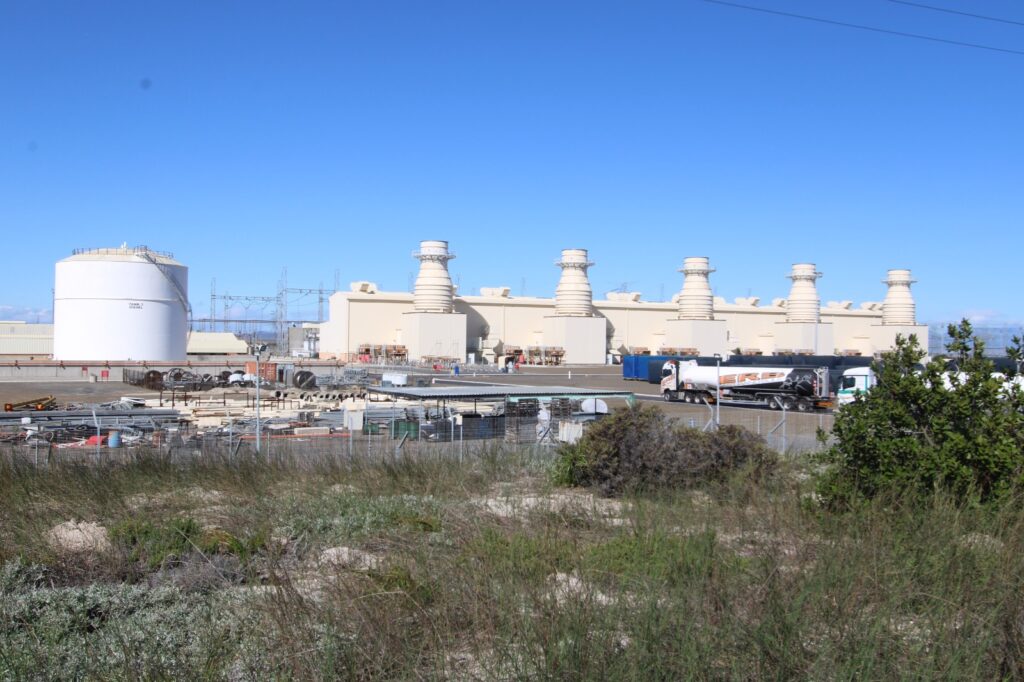
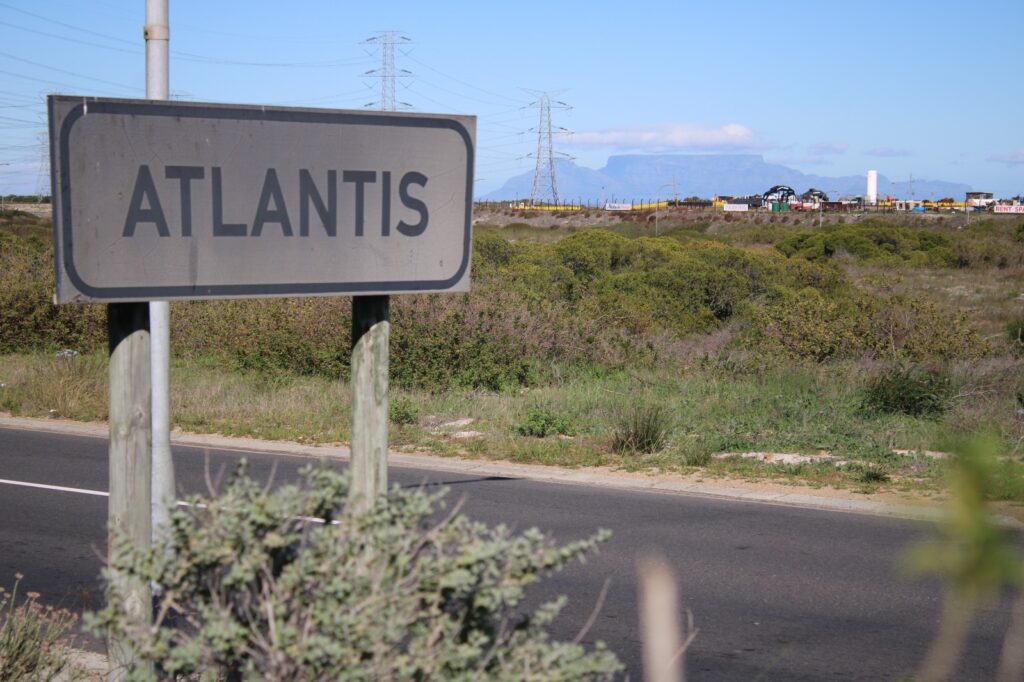
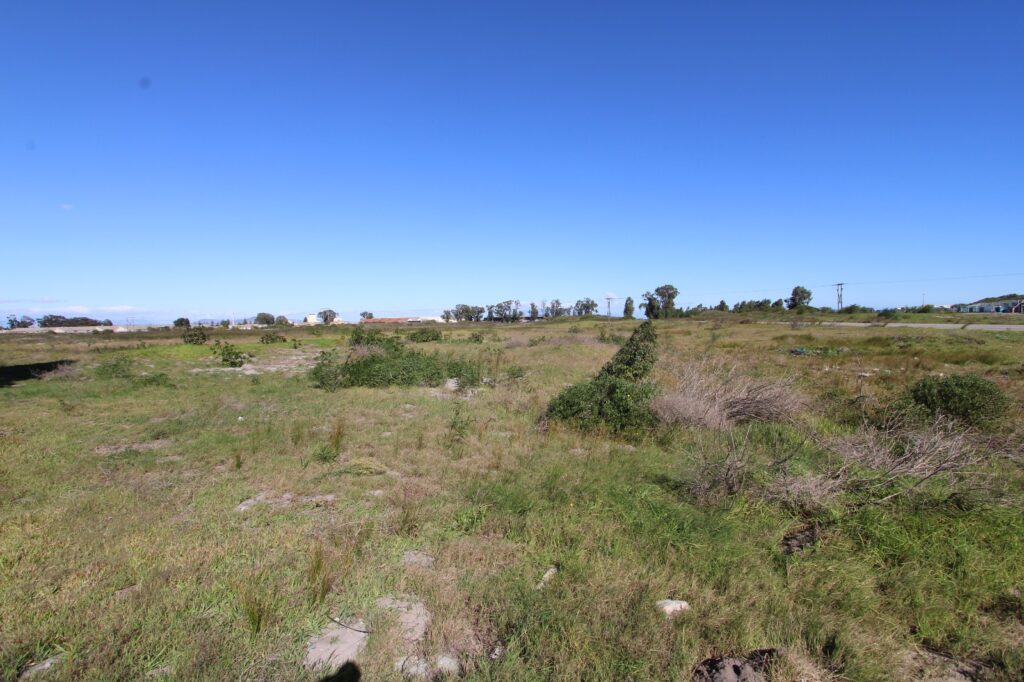
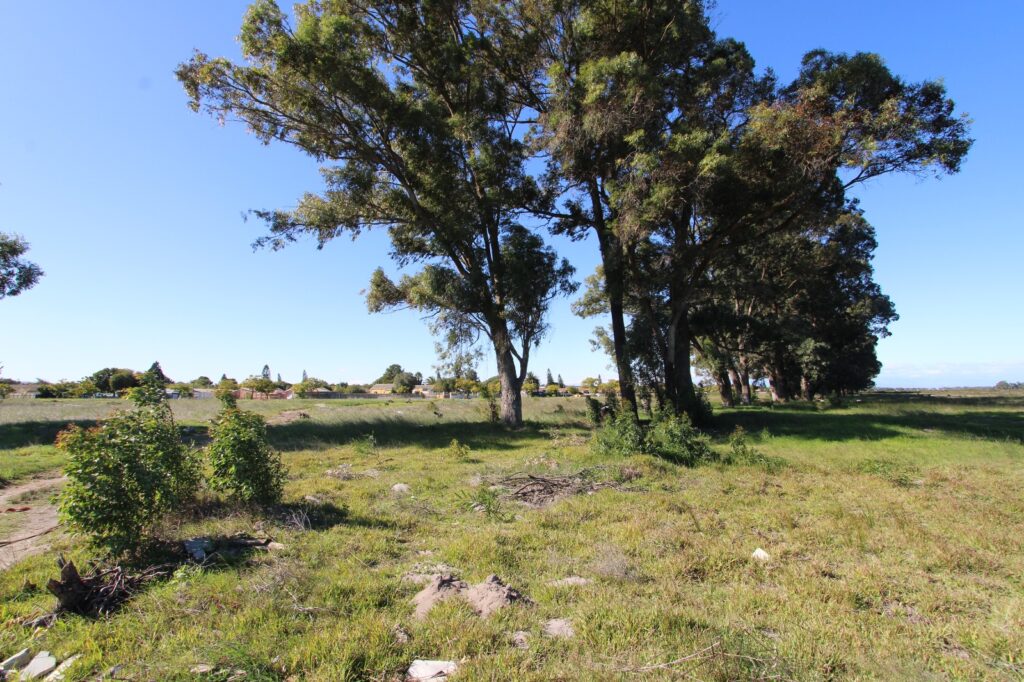
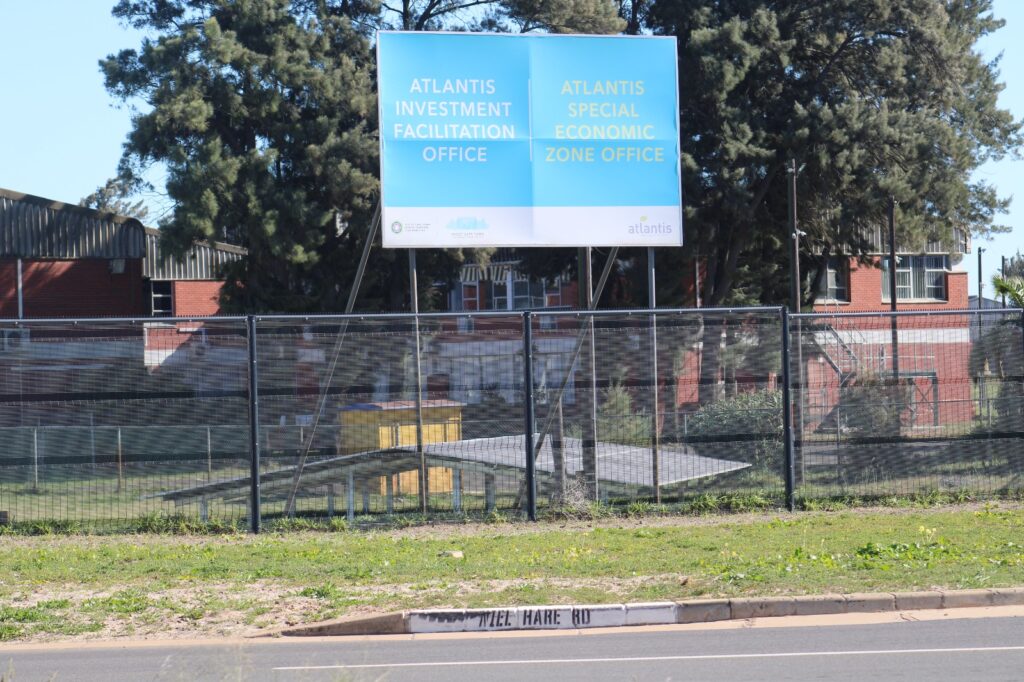
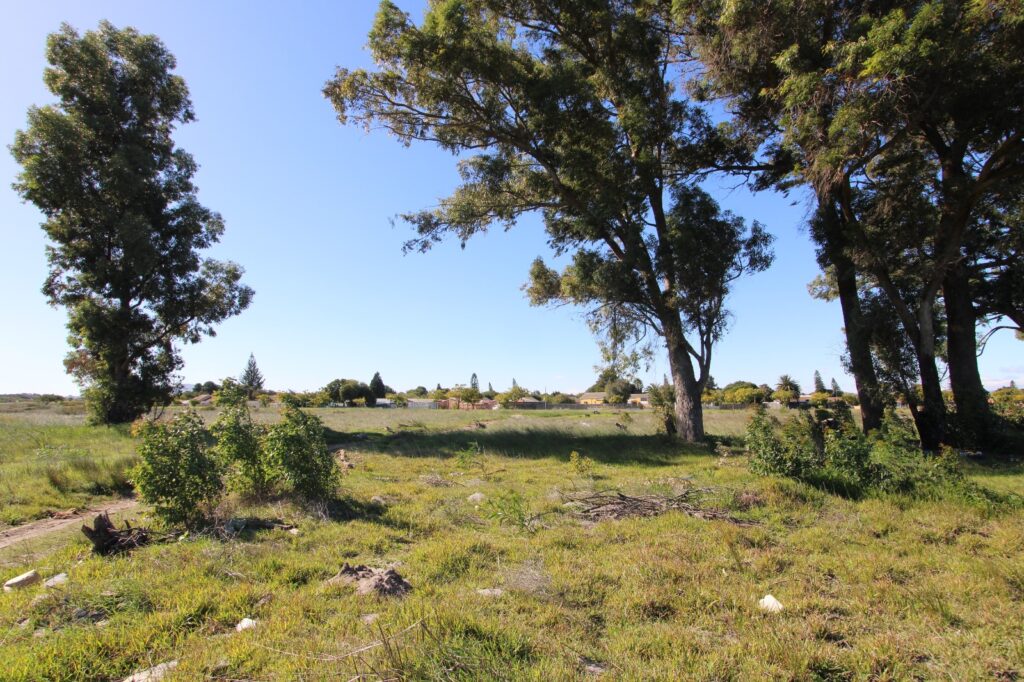
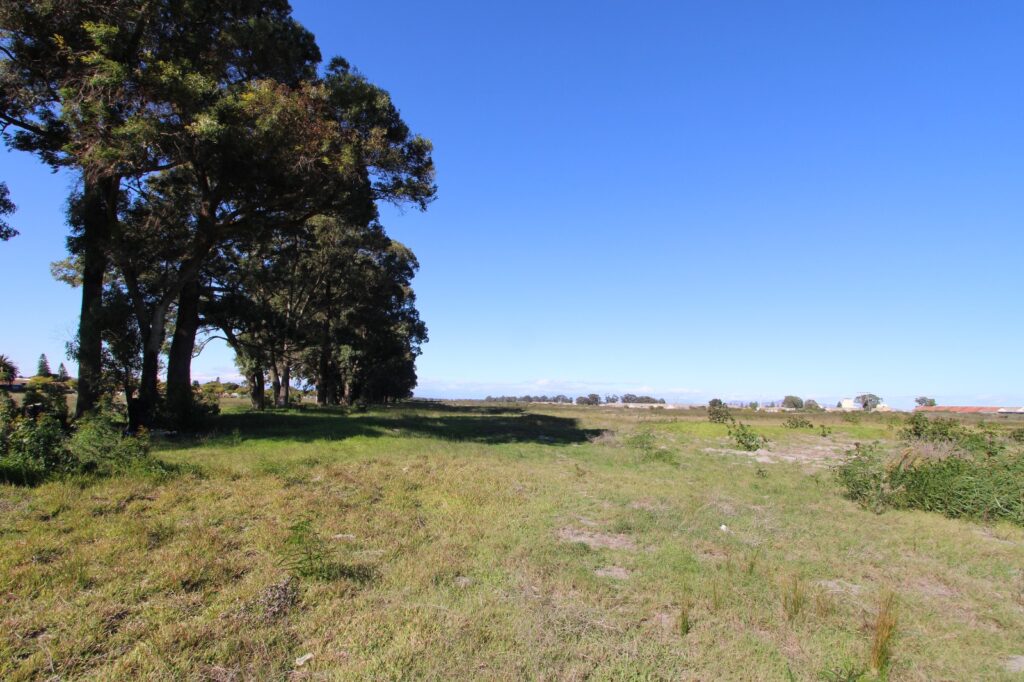
During a May 2023 interview, councillor Beverley Van Reenen, the city’s mayoral committee member for energy, said the tender process to build the solar plant had closed and the city’s supply chain management process of finalising appointing a contractor had begun. Once a contractor has been appointed construction for the plant will commence, van Reenen confirmed. The city’s media office also confirmed it will release a media statement about the development’s timelines and completion date once its tender process is complete.
The plant is slated to start generating electricity in 2024 Cape Town mayor Geordin Hill-Lewis said.There is no definitive start date for either the completion of the plant, nor the commencement of construction as yet.
The facility will be connected directly to the city’s electrical network. Currently COCT purchases most of its electricity from Eskom. In reducing this dependency, the city can also develop and explore more climate-friendly power sources,Hill-Lewis said. This project is a small diversity project with larger impact-scale ones in the pipeline. This will form part of the City’s efforts to build a diverse energy supply. According to Eskom, a megawatt (MW) of coal power can power an estimated 650 average homes.
South Africa’s largest PV plant in the Northern Cape generates 175MW, providing electricity to 75 000 homes each year. By this measurement, the 7MW Atlantis plant has the potential to power up to 3000 homes a year.
What is net-zero?
Net zero is a phrase to describe the goal of balancing carbon pollution. Think of the atmosphere as a floor in a house. The flooring is our air and the dirt we walk onto it is harmful pollutants. Our coal-energy providers, agriculture, transport, and other systems create those pollutants. A mop would be the natural sponge that absorbs the pollutants, like vlei’s, marshlands, wetlands, and forests etc. A vacuum cleaner would be the newer technology to clean up the floor. This would be carbon capture and carbon storage. This is the process of trapping the carbon dioxide from the pollutant systems in a way that it doesn’t harm our atmosphere any further. The global goal is to reach this state by 2050 and keep working at it.
Net zero is a strategy that countries around the world aim to achieve by mid-century. In simple terms, this means lowering carbon emissions to the level that they are balanced by the amount of carbon absorbed from the atmosphere by natural systems such as forests, soils etc. A recent study by Dr Andrew Marquard, senior researcher at the Energy Systems Research Group at the University of Cape Town, offers some ways in which South Africa can do so. Marquard finds the most cost-efficient way to meet the net zero target is with large scale investment in wind and solar PV generation. A decline of coal use in the electricity sector would mean coal plants being replaced with low or zero carbon electricity technologies as the coal plants retire.
The City’s interventions
The COCT’s contribution towards the national net zero goal has culminated in their development of a climate change strategy and climate change action plan. They have committed to achieving carbon neutrality and climate resilience by 2050. There are four major areas where transitions to achieve these targets have been earmarked: in urban form, energy sources, transportation, and resource efficiency. Achieving clean grid power and electrifying transport is integral to the latter. Van Reenen explains the city speaks to the context of people’s daily lives of its residents. So instead of using terms like climate action only they speak about energy efficiency and/or managing water usage. The citizenry needs to be active to bring about meaningful change and the resilience needed to achieve net zero, Van Reenen said.
The objectives of this net-zero goal need to be understood. In the first instance it is to ensure that City facilities are net zero. This is to be achieved by a combination of energy efficiency, on-site renewables and bringing new sources of renewable energy supply into our grid. This project in Atlantis being one of those.
This story was produced as part of Story Grants to Report on South Africa Pathways to Net Zero, a journalism fellowship organised by Internews’ Earth Journalism Network.

